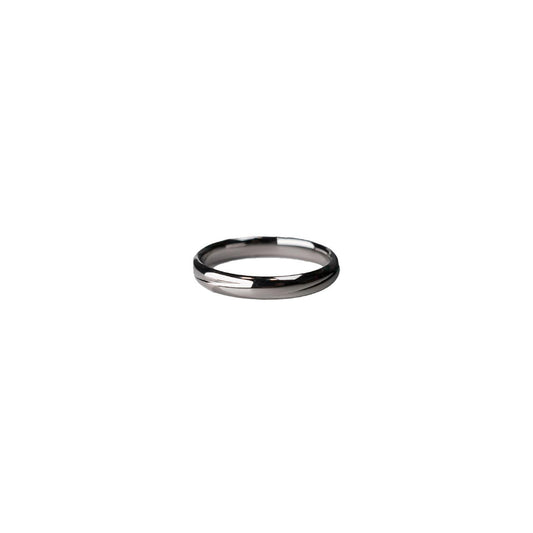Can You Tell If a Diamond Is Lab-Grown
Can You Tell If a Diamond Is Lab-Grown
I remember the first time I held a diamond in my hand. It was during a winter family reunion, and my cousin had just gotten engaged. She thrust her hand out toward me, sparkling with a brilliance that seemed otherworldly. "Isn't it gorgeous?" she asked, eyes gleaming as much as the gem itself. I was captivated not just by its beauty but by the idea of what it represented—a lifetime commitment. But somewhere in the back of my mind, a peculiar question lingered: could I tell if it was lab-grown?
Lab-grown diamonds have been making quite a splash recently, often boasting a more ethical and environmentally friendly background than their mined counterparts. At a dinner party last month, I overheard a friend passionately discussing the lower carbon footprint of lab-grown diamonds as they compared jewelry stories. That got me thinking: aside from the environmental impact, can the average person actually distinguish between a lab-grown diamond and a natural one?
To the naked eye, distinguishing between the two is nearly impossible. Lab-grown diamonds are chemically and physically identical to natural ones. I'd even argue they're more like identical twins than mere siblings. Their creation process, known as chemical vapor deposition or high pressure-high temperature, mimics nature so closely that traditional tests often can't tell the difference. In fact, most jewelers rely on specialized equipment to make the distinction.
It's a bit comforting and maybe disconcerting that diamonds—these symbols of uniqueness and rarity—can be so perfectly replicated. My friend, an enthusiast in gemstone analytics, once told me over coffee about the not-so-subtle ways to tell if a diamond is lab-grown. He pointed out that many labs inscribe tiny microscopic markers on their diamonds. These inscriptions are invisible to the naked eye but can be revealed with a loupe or a magnifying glass—like a secret signature, if you will. There's something intriguing about this hidden identifier. It reminds me of those secret notes we'd pass in school, known only to the intended receiver.
Interestingly, consumer attitudes toward lab-grown gems are evolving, often with age being a defining factor. Among younger generations—those navigating through a world increasingly aware of ethical considerations—lab-grown diamonds are gaining popularity. They offer the allure without the guilt, a bit like buying a guilt-free dessert that tastes just as good as the original.
As I think back to that winter day with my cousin's ring, I realize it doesn't really matter whether the diamond was born in the earth or in a lab. What's significant is the sparkle it brought to her life, the excitement of a new journey it symbolized. So the next time you find yourself marveling at a gem, remember: it’s not just the stone's origin that matters, but the story it tells. And sometimes, the best stories are the ones we can't see at all.


























